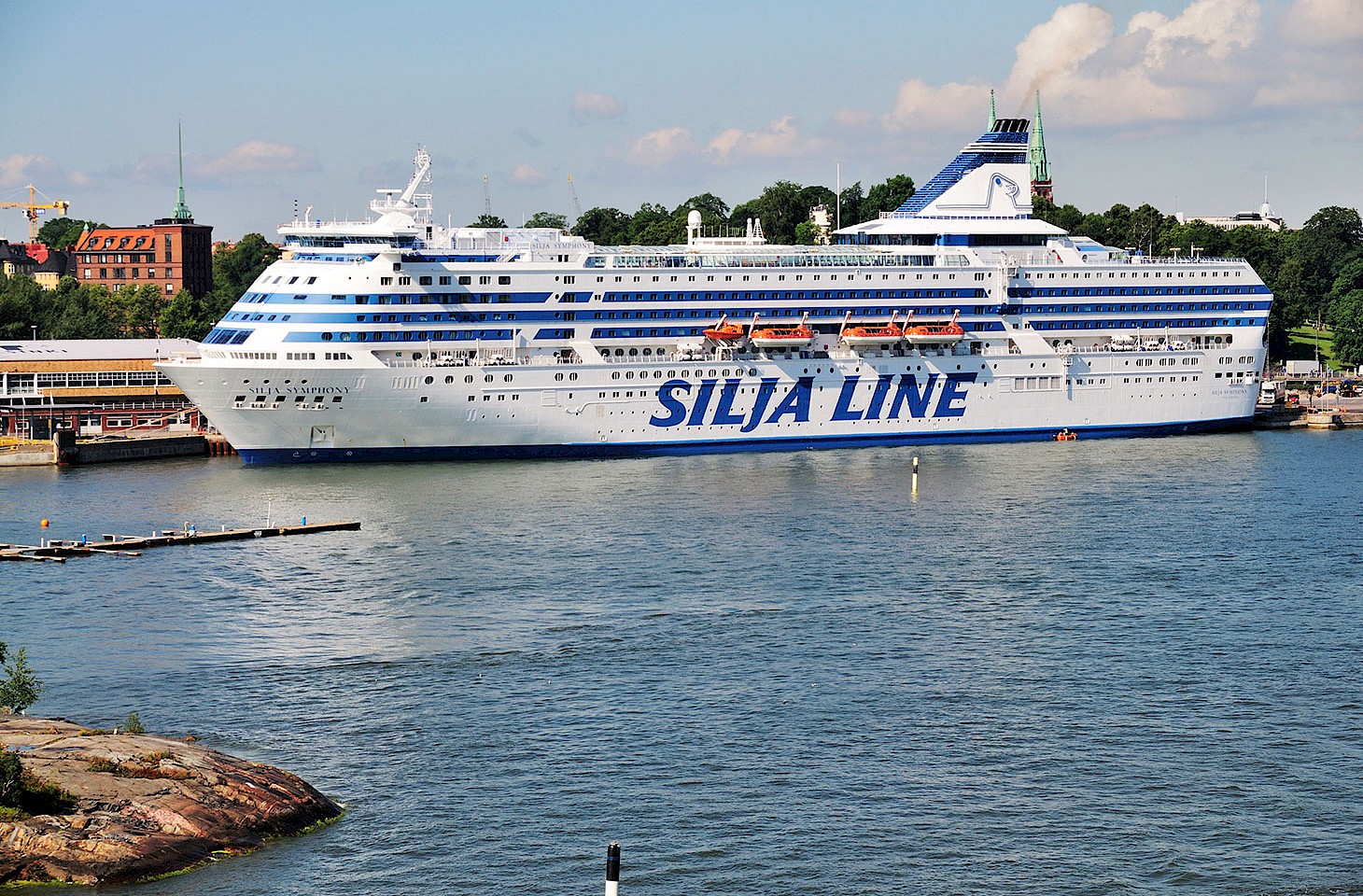You may recall that Professor Pierre Aronnax, the narrator in Jules Verne's 'Twenty Thousand Leagues under the Sea', was held captive in the submarine Nautilus, which, under the command of Captain Nemo, roamed the world's oceans in utter secrecy. After a nasty brush with a giant squid ("un calmar de dimensions colossales" wrote Verne), and an ill-judged encounter with a whirlpool, Professor Aronnax is finally thrown clear from the Nautilus with his two trusted friends, Conseil and Ned Land.
When Aronnax regained consciousness in a fisherman's hut in the Lofoten Islands, he may possibly have assumed that he had died and gone to heaven. I certainly would have done. For if pushed to identify the most heavenly corner of Europe, the outer islands of the Lofotens would surely have a strong claim.
As always, Jules Verne mixes geographical fact with cartographic flights of fancy, but at the western end of the Lofotens, where the serrated peaks of the island archipelago peter out into the wild waters of the Atlantic, there really is a dangerous maelstrom. Locally, where the whirlpool has both fascinated and frightened mariners for centuries, it is called Moskenstraumen, taking its name from the nearby island of Mosken.
Jules Verne nicely captures quintessential Lofoten when he locates Aronnax' return to consciousness in a fisherman's cabin. The huts are the very symbol of Lofoten. Set against a backdrop of stark mountains and rugged coastline, the coloured wooden cabins are as iconic as the dried fish that for so long underpinned the islands' economy. The Lofoten stockfish (tørrfisk in Norwegian) is a magnificent northern speciality - and one that is much sought after in southern Europe and parts of Africa. In the thirteenthcentury 'Egil's Saga', there is an early account of dried fish from the Lofotens being taken to England and traded there for flour, honey, wine and cloth.
Dead cod, a dangerous whirlpool, jagged mountains and fierce weather may not amount to a tempting proposition, but look more closely and the Lofotens really do seem to offer a little corner of heaven on earth.
Nusfjord
The western flank of Mount Nesheia drops down precipitously into Nusfjord. Great exposed slabs of slate-grey rock, punctuated occasionally by deep crevices, form a mountain wall that hangs over the fjord. Little ledges in the rock face are laced with snow, and in deep gullies there is hard packed ice - the latter evidence of a winter that clings tenaciously on into spring. Nusfjord is the name of the narrow sea inlet that makes a gash on the south coast of Flakstadøya. And the fjord gives its name to the solitary settlement that clings to its shores.


